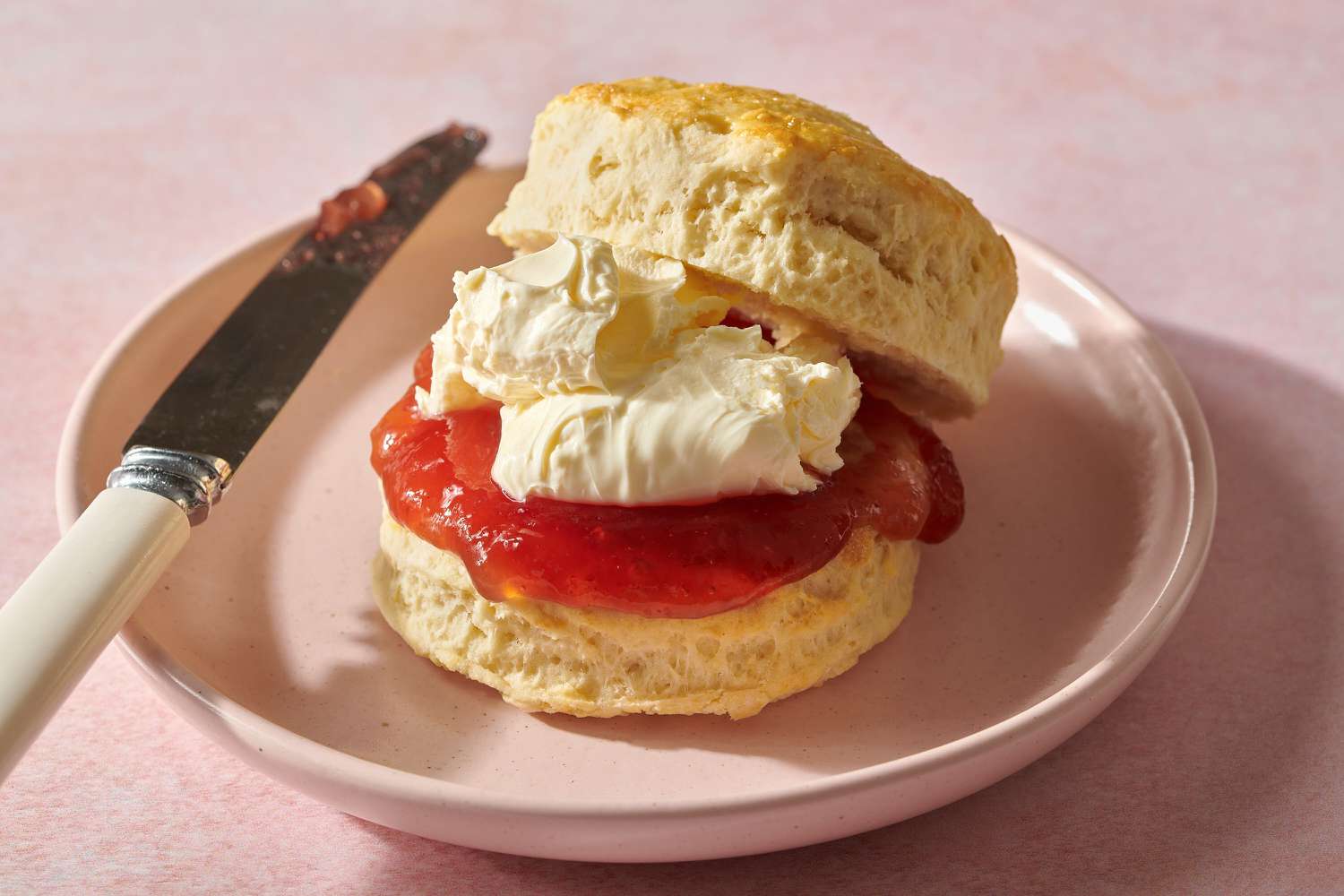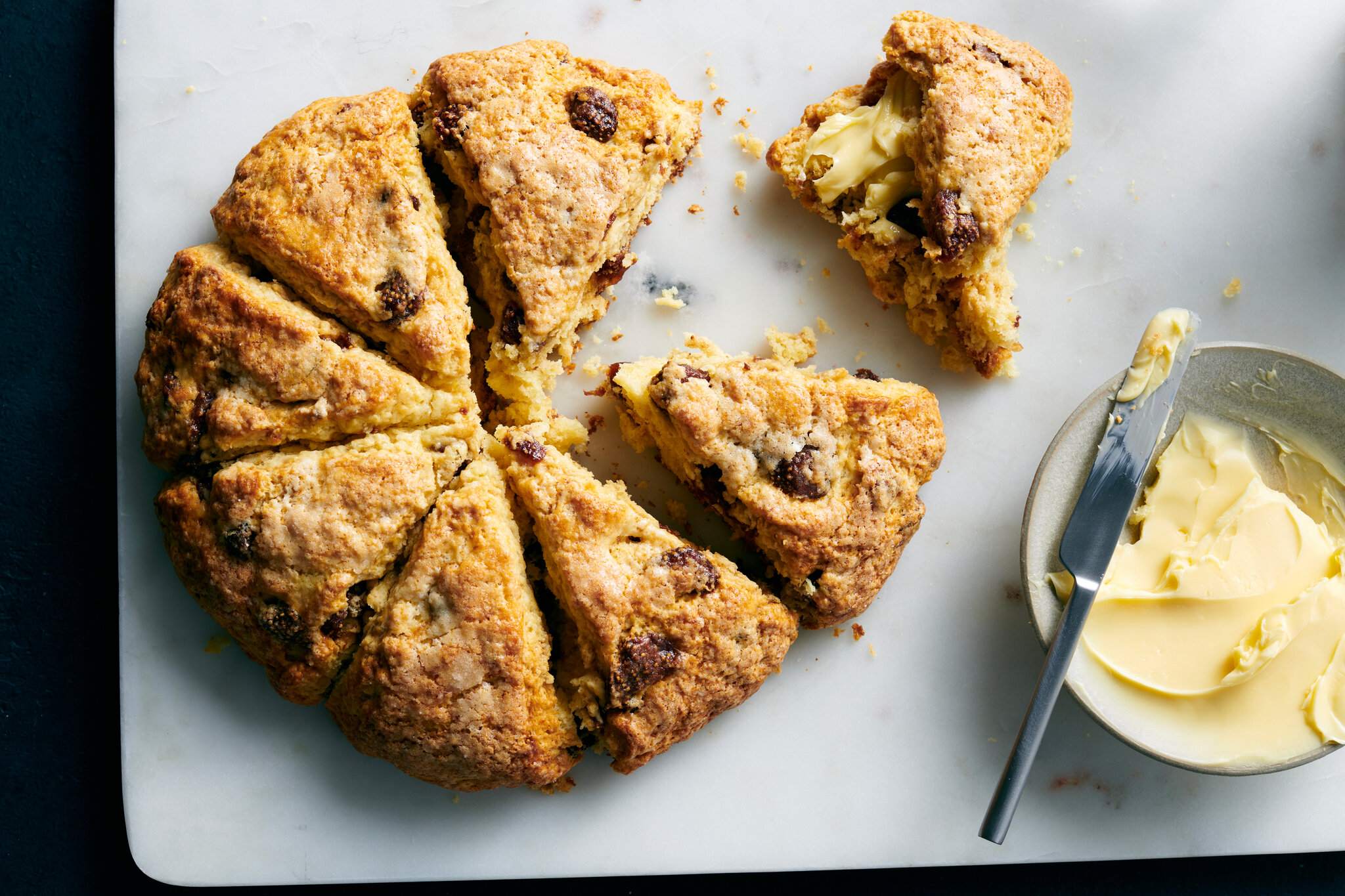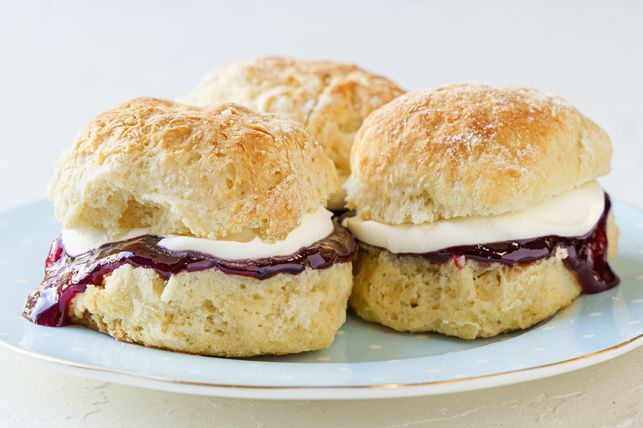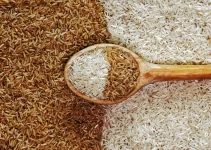Contents
Scone, a beloved classic, holds a special place in the hearts of pastry lovers around the world. Often enjoyed with a hot cup of tea, scones offer a scrumptious delight that elevates any tea time experience. Whether served plain, sweet, or savory, these delectable treats bring a touch of elegance and comfort to your table. In this article, we will explore the rich history, various types, and the joy of indulging in scones, highlighting why they remain a cherished part of our culinary traditions.
The Rich History of Scone

The origin of the scone is steeped in history, with its roots tracing back to Scotland. The first known reference to the scone dates back to the early 16th century. The name “scone” is believed to be derived from the Stone of Scone, where Scottish kings were crowned, symbolizing the importance of this humble baked good in Scottish culture.
Traditionally, scones were made with oats and baked on a griddle, resulting in a slightly different texture than the scones we enjoy today. As time went on, the recipe evolved, and scones began to be baked in ovens, incorporating ingredients like flour, butter, and leavening agents. This evolution brought about the light and fluffy scones we are familiar with, making them a staple in British afternoon tea.
The Art of Making the Perfect Scone
Creating the perfect scone involves a few key techniques and high-quality ingredients. The result is a tender, flaky pastry that pairs beautifully with a variety of accompaniments. Here is a classic recipe to get you started:
Ingredients
- 2 cups all-purpose flour
- 1/4 cup granulated sugar
- 1 tablespoon baking powder
- 1/2 teaspoon salt
- 1/2 cup unsalted butter, cold and cubed
- 2/3 cup whole milk
- 1 large egg
- 1 teaspoon vanilla extract
- Optional: 1/2 cup dried fruits (such as currants or raisins), chocolate chips, or nuts
Instructions
- Preheat and Prepare: Preheat your oven to 400°F (200°C) and line a baking sheet with parchment paper.
- Combine Dry Ingredients: In a large mixing bowl, whisk together the flour, sugar, baking powder, and salt.
- Cut in the Butter: Add the cold, cubed butter to the flour mixture. Using a pastry cutter or your fingers, work the butter into the flour until the mixture resembles coarse crumbs.
- Mix Wet Ingredients: In a separate bowl, whisk together the milk, egg, and vanilla extract.
- Combine and Mix: Pour the wet ingredients into the dry ingredients, stirring until just combined. If adding optional ingredients like dried fruits or chocolate chips, fold them in gently.
- Shape the Dough: Turn the dough out onto a lightly floured surface and knead it gently a few times. Pat the dough into a circle about 1-inch thick.
- Cut the Scones: Use a round biscuit cutter to cut out scones, placing them on the prepared baking sheet. Gather any scraps, re-pat, and cut out more scones.
- Bake: Bake the scones for 12-15 minutes, or until they are golden brown and a toothpick inserted into the center comes out clean. Transfer the scones to a wire rack to cool slightly before serving.
Variations of Scone

One of the best things about scones is their versatility. There are countless variations to suit different tastes and occasions. Here are a few popular types of scones that can elevate your tea time:
Classic British Scone
The classic British scone is typically served plain or with currants, making it a perfect canvas for toppings like clotted cream and jam. This traditional scone is often enjoyed as part of a cream tea, a quintessential British afternoon treat.
Cheese Scone
For those who prefer savory over sweet, the cheese scone is an excellent choice. Made with sharp cheddar cheese and sometimes herbs like chives or rosemary, these scones are perfect for breakfast or a savory snack. They pair wonderfully with soups and salads.
Fruit Scone
Fruit scones, such as those made with blueberries, cranberries, or raisins, add a burst of sweetness and flavor. These scones are ideal for breakfast or brunch, offering a delightful combination of tender pastry and juicy fruit.
Lemon Poppy Seed Scone
Lemon poppy seed scones bring a refreshing twist to the traditional recipe. The zesty lemon flavor and crunchy poppy seeds make these scones a delightful addition to any tea party or morning treat.
Scone Around the World

While scones are a staple in British and Irish cuisine, they have also been embraced and adapted by various cultures around the world. Here are a few examples of how scones are enjoyed globally:
American Scones
In the United States, scones are often sweeter and richer than their British counterparts. American scones frequently feature ingredients like chocolate chips, nuts, or a sweet glaze. They are commonly enjoyed as a breakfast treat or a snack alongside coffee.
Australian Scones
In Australia, the classic scone is a beloved part of morning and afternoon tea. Australians often enjoy their scones with jam and whipped cream, similar to the British tradition. Pumpkin scones, made with mashed pumpkin and spices, are a unique Australian variation.
Canadian Bannock
In Canada, a similar baked good known as bannock is popular, particularly among Indigenous communities. Bannock can be baked, fried, or cooked on a griddle and is often enjoyed with butter and jam or savory toppings.
The Sensory Delight of Scone
Scones offer a sensory delight that makes them a favorite for many. From their golden, crumbly exterior to their soft, tender interior, scones engage the senses in a way few other baked goods can.
Visual Appeal
The visual appeal of scones is undeniable. Their rustic, homemade appearance, with a slightly craggy top and golden hue, makes them inviting and appetizing. When served with clotted cream and jam, scones become an elegant and picturesque addition to any tea table.
Aroma
The aroma of freshly baked scones is comforting and enticing. The scent of buttery pastry combined with subtle hints of vanilla or fruit fills the air, creating an inviting atmosphere that beckons you to take a bite.
Texture
The texture of a well-made scone is a perfect balance between crumbly and tender. The exterior should have a slight crispness, while the interior remains soft and moist. This contrast in textures makes each bite a delightful experience.
Taste
The taste of scones can vary widely depending on the ingredients used. Whether plain, sweet, or savory, scones offer a rich, buttery flavor that is both satisfying and versatile. Sweet scones pair beautifully with clotted cream and jam, while savory scones can be enjoyed with butter or cheese.
Enjoying Scone at Home

Making scones at home is a rewarding and enjoyable experience. Here are a few tips to ensure your homemade scones are a success:
- Use Cold Ingredients: Using cold butter and cold milk helps create a flaky texture. Cold ingredients prevent the butter from melting too quickly, allowing it to create pockets of air as it bakes.
- Don’t Overmix: Overmixing the dough can result in tough scones. Mix just until the ingredients are combined to keep the scones tender.
- Shape Carefully: When shaping the dough, handle it gently to avoid compressing it too much. Lightly flour your surface and hands to prevent sticking without adding too much extra flour.
- Bake Immediately: For the best rise and texture, bake the scones as soon as the dough is ready. This prevents the butter from melting prematurely and ensures a light, fluffy scone.
Conclusion
Scone is a timeless treat that elevates any tea time, offering a scrumptious delight that is both comforting and elegant. From its rich history and diverse variations to the sensory pleasure it provides, scones remain a beloved part of our culinary heritage. Whether enjoyed plain, sweet, or savory, scones bring a touch of sophistication and joy to your table.
In conclusion, the scone is more than just a baked good; it is a symbol of tradition, comfort, and indulgence. Its ability to adapt to different flavors and cultures makes it a versatile and cherished treat. So, the next time you seek a delightful addition wdbos login to your tea time, reach for a scone and let it elevate your senses with its scrumptious charm.



